1. How different from Sustainability is this approach?
2. Which frameworks can describe this pilot experiment ?
2.1. YES
2.1.1. Useful frameworks to understand this Foraging Station Experiment:
2.1.2. "Green hands" work
2.1.3. Prehistoric "wild gardens" practice
2.1.4. Organic growing (low maintance)
2.1.5. Work with nature, not against it (D. Attenborough)
2.1.6. Ecology knowledge
2.1.7. "Grounded" new technologies, small, flexible, at human scale
2.1.8. Economising
2.1.9. De-localising food security and energy infrastructures
2.1.10. Architecture: ecological and climate aware, but economising
2.1.11. BioMimetism, but not for industrial infrastructure
2.2. The station has its own approach, in line with certain approaches, SEE "YES" ABOVE yet not others. SEE "NO" BELOW
2.2.1. This experiment works according to the Topologic Situation Modelling© method. The simplest expression of this approach is to stay away from limits and 'boundary behaviour', or in daily parlance "not go too far".
2.2.2. For any category or framework coming to mind: remove the 'framing' to get an idea of this research. See Pr R. Sapolski https://youtu.be/NNnIGh9g6fA
2.3. NOT
2.3.1. The Foraging Station Experiment is NOT derived from recognised principles. It is NOT a "model" to reproduce literally or follow, not a "Program" to spread everywhere, not a set of rigid generalised principles. This experiment is just one example of how topologic properties can be used for a particular application relating to contributing to global goals as well.
2.3.2. Green jobs for Green Economy
2.3.3. "Return" to nature
2.3.4. Reforesting (large trees in large environments), Food Forests, Permaculture
2.3.5. Conservation requires excluding humans
2.3.6. Industrial Biomimetism for large scale infrastructures
2.3.7. Commune, Tribe, Tiny House Village, Kibkutz...
2.3.8. Nomadism, partial, temporary or systematic
2.3.9. ‘Planetary’ or ‘global’ is NOT the same as ‘non-local’.
3. Ask the challenging questions
3.1. SHOULD WE REWILD THE PLANET?
3.2. Concrete (individual) WHY would we Rewild?
3.3. Do we have enough time to wait for nature to rewild disturbed lands without human contribution?
3.4. HOW FAR IS 'TOO FAR'? Nobody explains what "not go too far" means, can we measure or name it or model it? How to not go overboard, and break boundaries? Which boundaries?
3.5. Abstract (collective) WHY ?
4. A consequence of pushing to survive
4.1. Topologic Ecology: Ease VS Survival
5. The many names of Ex- and Up-
6. Why this Experiment?
6.1. To explore in detail how the topologic methods can support health (planet & human) and societal inclusion, through a different use of the two generic orientations expressed in various ways: short & long term, philosophies of human advancement & of nature, instincts of survival & vability.
6.2. To implement the topologic method in a tangible way, which will allow more people to understand its usefulness in daily life and global issues alike.
6.3. To contribute practically, here and now, to planet rewilding, while innovating for social inclusion, without excluding new technologies.
7. Global Implications?
7.1. Topologic ecology of health - a new approach to human health
7.2. Wild biology: in nature, on the planet but also in the human body
7.3. Contribute to enabling global human activity to continue in the LONG-term
7.4. New Technologies
8. Essentials of Topologic Ecology
8.1. A biased little history of topology
9. Methods oriented summary
9.1. The Foraging Station Experiment is an exploratory pilot experiment aiming to a Proof of Concept.
9.2. Topologic Situation Modelling© method
9.3. Local Case© experimental method
9.4. Previous field studies
9.4.1. STATION SUMMARY: A quick overview of the Foraging Station Experiment (2014) - this experiment soon appeared a natural development of fieldwork.
